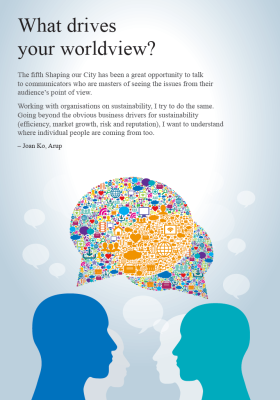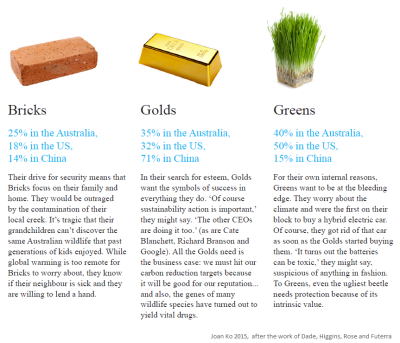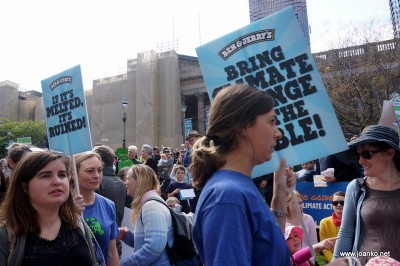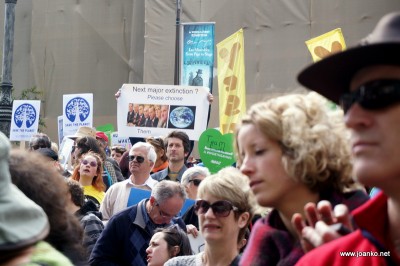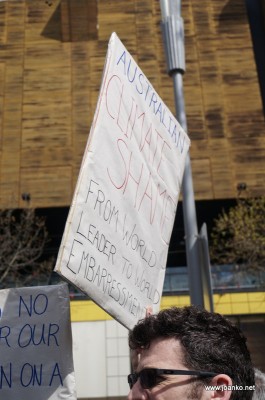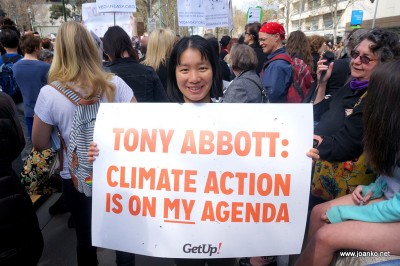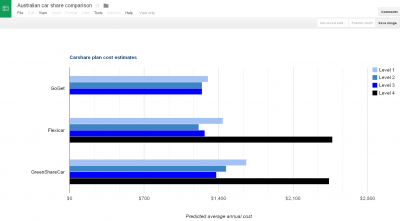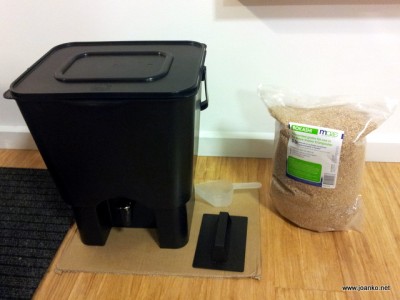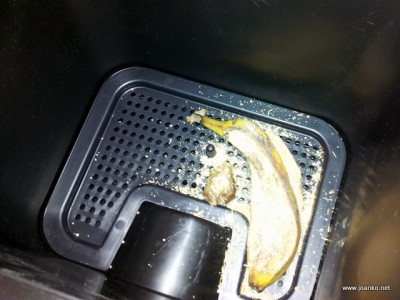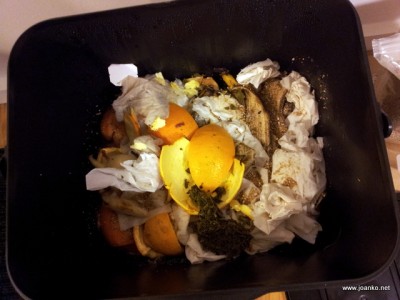I’ve been reading some analysis of COP16 and the best one (hard headed and fair) I found is here — http://www.climateactiontracker.org/briefing_paper_cancun.pdf
Take home messages below.
UN process has been saved
Everyone just seems thoroughly relieved that there have been a set of agreements (the Cancun Agreements) coming out of this summit. If this hadn’t happened, the the credibility of the UN process would have been destroyed for good. So even though the outcomes aren’t fantastic, there is still a framework for working through the issues.
The only country that didn’t sign up to the Cancun Agreements was Bolivia. In fact, they’re pretty upset that the Cancun Agreements still allow runaway change in climate.
The 12-16 billion tonne gap — 3.2°C warming
One of the great things about the agreement is that everyone agreed that we need to limit warming to 2 degrees C, and that the pledges added up to (optimistically) 3.2°C warming. That is, we need to find a way to cut greenhouse gases by another 12+ billion tonnes.
At least now we all agree on the scale of the problem.
The pledges are interesting
Countries have come up with their own pledges so it’s not surprising that they are all from different baselines (e.g. 1990 or 2005) or business as usual trajectories (i.e. what would have happened if we didn’t put reduction strategies in place) and in different units (CO2e or CO2e per GDP). This makes it quite difficult to add up all the pledges to see how it’s all going to go.
One big barrier removed…
At Copenhagen, China and the US were at loggerheads because China was resisting a reporting and verification (auditing) process. Both China and India have now gracefully conceded and the US is delighted.
It also a breakthrough that everyone agrees that all nations (developed and developing) will need to sign up to targets.
And another barrier still here — US Congress
So even if a miracle occurs and a new treaty is put up at South Africa, it not quite conceivable that the US Congress (Republican controlled) will let the US sign the treaty. Once again, we might have to go without the US.
More
There are bits and pieces of other interesting questions — Why are they letting countries use greenhouse gas allowances that should expire in 2012? Will countries like Russia be allowed to increase greenhouse gas emissions because the economic downturn means they are already under target? Will this agreement force the Australian government to implement their conditional 25% reduction target instead of the current unconditional 5% target?
To conclude, a summary of the main agreements.
From http://www.thefifthestate.com.au/archives/19060
- For the first time an anchoring under the United Nations Framework Convention on Climate Change of the pledges made by developed and developing countries in the Copenhagen Accord. This is important because it provides an agreed pathway to achieve major emissions cuts. This is the first time that all major emitters have agreed to report to the world community their commitments and efforts to reduce carbon pollution in their own economies
- The establishment of a new Green Climate Fund to help developing countries deal with climate change
- A mechanism that will deliver economic opportunities for developing countries to reduce emissions that result from deforestation – one of the largest sources of global emissions
- New rules to ensure that all countries will be able to see what each other is doing to tackle climate change
- Agreement to provide strong and practical support for vulnerable developing countries to manage unavoidable climate impacts
- Establishment of a mechanism that will help promulgate clean energy technology around the world

